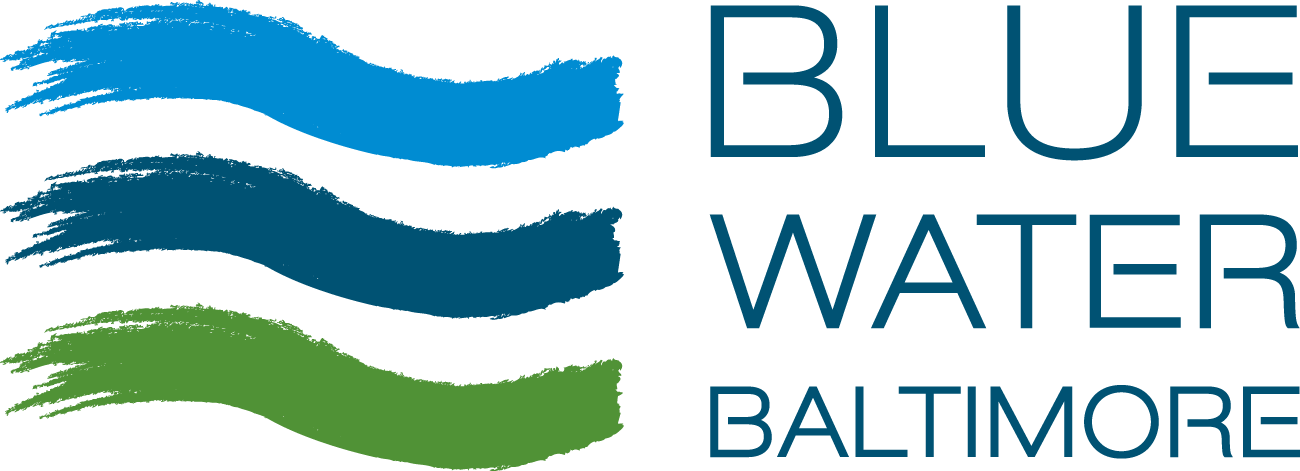Total Nitrogen
What is Total Nitrogen?
Total Nitrogen is a measurement of how much elemental nitrogen in various molecular forms is present in the water. Total Nitrogen is measured as a concentration in milligrams per liter (mg/L). Nitrogen enters waterbodies from organisms that naturally live in and around the water and through discharges of various sources of water pollution. Pollution may include sewage overflows, industrial discharges, and stormwater runoff containing animal waste, fertilizers, any other nitrogen-rich substances.
Why is Total Nitrogen important?
Nitrogen is an essential element for cellular formation of plant, bacteria and animal life. Nitrogen is the most limiting nutrient in saltwater systems. This means when nitrogen is added to a saltwater system, rapid algal cell growth often occurs. This creates an algal bloom and can have serious impacts on aquatic and human life. Some species of algae secrete toxins that can stress or kill aquatic and terrestrial animals. When toxic and nontoxic algae die, they are decomposed by bacteria that consume oxygen, causing a rapid decline in dissolved oxygen levels in the water column. These conditions stress or kill fish and other aquatic organisms. Excess levels of nitrogen are often input directly, or discharge from upstream, to receiving tidal salt or brackish waters and can cause limited dissolved oxygen zones, referred to as "dead zones" by the mechanism explained above.
How do we measure Total Nitrogen?
Total Nitrogen is measured through the collection of water samples at both tidal and nontidal stations for analysis by an outside laboratory. Nontidal stream samples are collected at the deepest point of moving water in the vicinity of our station, and away from riffles. Tidal samples are collected 1 meter from the surface. All samples are stored on ice, and delivered the same day to the Blue Water Baltimore Water Quality Laboratory where they are frozen. Samples are batch shipped to an outside laboratory for analysis. We assess the Total Nitrogen data using a numeric pass/fail threshold for mesohaline [https://encyclopedia2.thefreedictionary.com/mesohaline] tidal systems of ≤0.6 mg/L. For nontidal systems we use ≤1.65 mg/L for piedmont nontidal streams and ≤1.52 mg/L for coastal plain nontidal streams which was established by the Mid-Atlantic Tributary Assessment Coalition (MTAC) Sampling and data analysis protocols for Mid-Atlantic tidal and nontidal tributary indictors.
